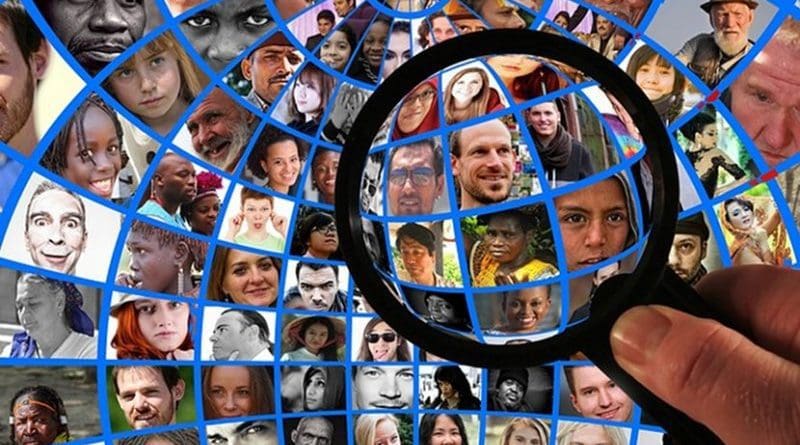Video Facial Recognition Technology Used To Make Arrests After January 23 Navalny Protest – OpEd
By Paul Goble
Russian officials used the growing network of video cameras in public places and improvements in facial recognition technology to identify participants in the January 23 Navalny protests and then arrest them, confirming some of the worst fears of rights activists about how the Kremlin will use this technology, Kristina Foltynova says.
The IdelReal journalist reports that because Moscow has invested so much in these cameras and this technology, it now ranks third among the countries of the world in this sector. Moscow has justified this by pointing to the pandemic and crime fighting, but many believe these efforts are all about suppressing dissent (idelreal.org/a/31076237.html).
According to one survey at the end of last year, Russia now has more than 13 million video cameras in public places, far behind the 200 million in China and 50 million in the US but a figure that means in per capita terms, it ranks third in the world behind only those two countries (tdaily.ru/news/2020/12/25/telecomdaily-rossiyskiy-rynok-ovn-budet-rasti-na-23-ezhegodno).
The Russian authorities have not published data on the number of cameras in all the cities of the country, but it is known that in Moscow, as of 2019, there were already 193,000 cameras and in St. Petersburg, 55,000, figures that allow them to rank 29th and 37th respectively among the major cities of the world.
Russia is letting contracts for more of them, including for cameras that will survey some 43,000 schools across the country and more of public spaces in cities like Nizhny Novgorod. In addition, the interior ministry is heavily invested in the development of facial recognition technology which will allow the authorities to identify individuals.
Russians are divided on these programs. According to a Levada Center poll, 47 percent believe that such devices will help fight crime and can aid in fighting pandemics like the current one. But 42 percent oppose this program, seeing the cameras a violation of their personal freedom (levada.ru/2020/08/20/videonablyudenie-v-publichnyh-mestah/).
Human rights organizations are even more opposed because, as they point out, the installation of video cameras in public spaces and the use of facial recognition technology is taking place without any legal framework, thereby opening the way for abuse and even more intrusive actions against the population.

